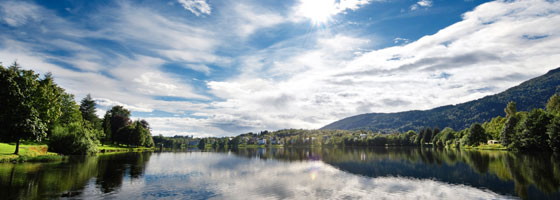Lake Temperature Stratification – USACE

Project Overview
The US Army Corps of Engineers – Pittsburgh District maintain and operate reservoirs in Pennsylvania, West Virginia, and New York. The dams are constructed for selective withdrawal with output gates at multiple levels in the water column.
Monitoring the yearly evolution of lake temperature stratification is a critical component in many lake management and research programs due to its pronounced effects on aquatic chemistry and biology. Lake stratification develops seasonally when surface water becomes warmer (and less dense) than deeper water. This results in temperature-dependent density differences that prevent mixing and form isolated layers of water, each with their own distinct chemistry.
Among the more common concerns is the depletion of oxygen in the deeper layers of stratified lakes during the summer months. Below the thermocline, dissolved oxygen is insufficient to support most aquatic life. The US Army Corps of Engineers wanted a way to monitor and control the lake temperature at various stratification levels.
System Description
The release of overly warm surface water, or oxygen-depleted bottom water, at selective withdrawal dams could devastate downstream fish populations. At a number of reservoirs across Pennsylvania, the US Army Corps of Engineers Pittsburgh District obtain real-time, on-line temperature stratification data using NexSens TS110 temperature strings suspended from buoys. Every hour, temperature profile data is transmitted via license-free radio telemetry to a host computer with NexSens iChart software, which automatically posts the data to WQData.com, a password-protected website.
With the easy, on-line access provided by the NexSens system, dam operators and reservoir managers are able to selectively release water from different depths in order to maintain acceptable water quality conditions downstream of the reservoirs. Additionally, tracking stratification conditions throughout the year provides long-term data sets that aid in research efforts and the development of best management practices.





0 comments